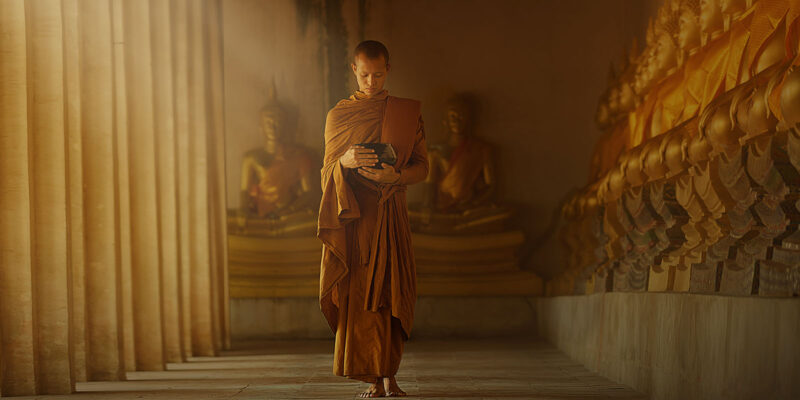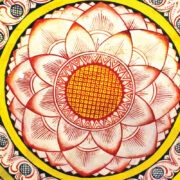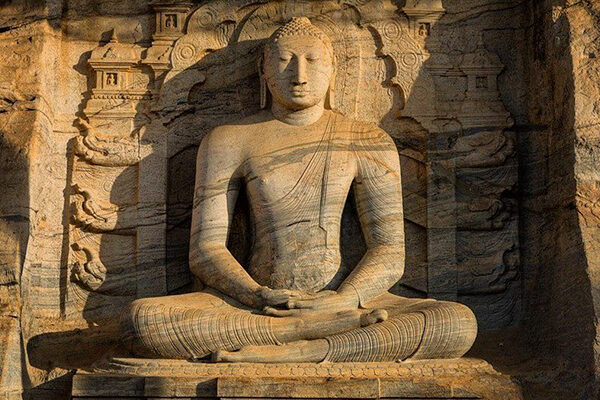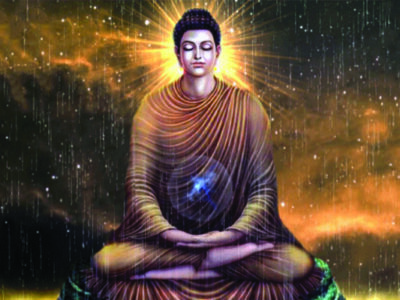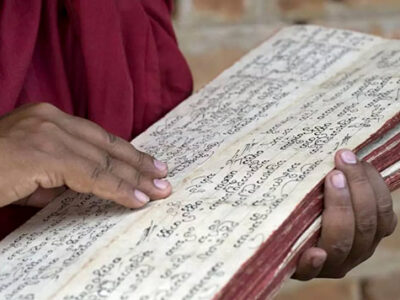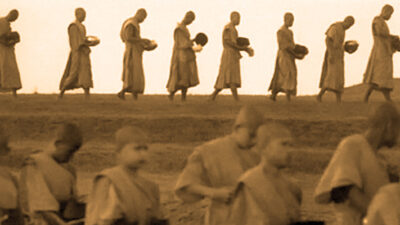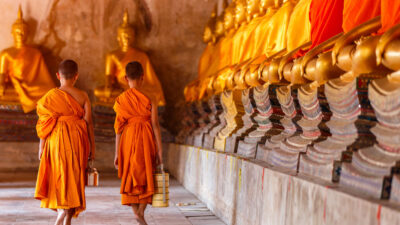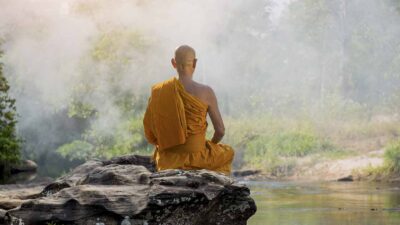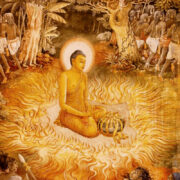Preamble:
In Bangladesh, the Buddhists follow the doctrine of Theravada Buddhism. Nearly, for the last two centuries, Buddhist monks and the Bangladeshi Buddhists are geopolitically, socio-culturally and historically linked to two Theravada Countries; Sri Lanka and Myanmar. The famous Philanthropist G P Malalasekera founded the World Fellowship of Buddhists in 1950 at Colombo. Bangladesh, the then East Pakistan privileged to represent that first International Conference. Since then a good number of organizations are actively engaged in propagating and disseminating Buddhism in various places by strengthening fellowship at the regional and global level for practising the compassion, loving-kindness, justice & equanimity and bringing peace and development.
I have been honoured to write this article during the International Conference at Chittagong with Mr.Ratnasiri Mutukumara, International Relations Officer, Malalasekera Foundation, and President, WFBY Sri Lanka.
The objectives of this article are:
- To depict pen picture about the overview of the Dhamma teaching for children in Bangladesh.
- To review the few seats of potential & prospective learning center for children as case studies.
- To understand the status and appraisal of contents, teaching materials & limitations of the teaching process.
By chanting these following verses, we can grow Buddhism in our mind. Yamaka Vagga-the Twin Verses of the Dhammapada 1 quotes the wholesome messages of Dhamma by the Exalted One: “Mind precedes all mental states. The mind is the chief; They are all mind-wrought. If with a pure mind A person speaks or acts happiness follows him Like his never-departing shadow.”
If with a pure mind a person speaks or acts, happiness follows him like his never-departing shadow
Identity of the Buddhists:

Conceptually Buddhists are identified as born Buddhists. Certainly not,
in practice, who accept the Buddha, enlightened one as the supreme ideal in his daily life. Secondly, he follows the Buddha’s teaching. Thirdly, he is concerned with the welfare of thyself and all living beings for the cause of mankind.
2. Background in Bangladesh:
Archaeologists and Historians claim that unearthing of Bangladesh reflects the ruins of ancient civilizations with Buddhist history- heritage and culture that enriched the civilization of this golden Bengal. The travelling evidences by the Fa Hien (5th Century), Hieun Tsang (middle of 7th Century) and It Sing (end of 7th Century) who visited ancient Bangladesh, mainly Pundrabardan-(Northern part of Bangladesh) & Samata-(South- eastern part of Bangladesh) and its surrounding at Karnasubarna
( presently Murshdabad in West Bengal) 3 is really laudable.
Fa Hien recorded that Buddhism flourished in full swing in terms of life, culture and daily life. Hieun Tsang observed two schools of Buddhism-Theravada and Mahayana living in these monasteries side by side. Saint- scholar Silabhadra (born in Comilla, Bangladesh) was the Principal Acharya of Nalanda University. Those chinese monks & pilgrimage visited parts of ancient Bangladesh, encouraged and studied at largest Buddhist monastery at the southern part of Himalaya, Sompuri Vihara (world heritage site) and Vikramsila Vihara during Pala dynasty between 8th to 12th centuries.
Atish Dipankar4, 5 (980-1054 CE) & other Buddhist saints-scholar Santharakshit, Kamalshil & Padma Sambhava from Bangladesh visited China & Tibet for preaching Buddhism. Recently Vikramsila Vihara (not far from Capital city Dhaka) is being explored with hopes, which were famous university of 6,000 students in the 10th century. Currently the Bangladesh Sangharaj Bhikkhu Mohasava, Bangladesh Bhikkhu Mohasava, Parbataya Bouddha Sangha and Rakhain Buddhist Council altogether believe and practice Theravada Buddhism.6 In the Chittagong District of the then East Bengal (now Bangladesh), the history of Theravada Buddhism goes
back at least to the 16th century. The Buddhists there are called Baruas. Though they form only a small minority amongst the predominantly Muslim Bengalis of the region,
they have contributed considerably to the Buddhist revival in the late 19th century. Finally, the Magh (Arakanese immigrants) and the Chakmas who live in the Chittagong Hill Tracts district are also followers of the Burmese Theravada tradition. In 2016, Wikipedia based census 2011, total estimated population in Bangladesh was 16.3 million and nearly 1% of the total population belongs to Buddhists. Of them, 70% lives in greater Chittagong, Chittagong Hill Tracts and Cox’s Bazar.
Meaning of Dhamma teaching
In Buddhism, Dhamma means the teachings of the Buddha. The Buddha’s sermons and teachings pointed toward the true nature
of the universe, what is known within Buddhism as the Dhamma. Buddhism is concerned with man or rather with all living, suffering beings. Buddhism is about morality, meditation and gnosis.
7 The essentiality of Dhamma Teaching in tender age:
The ultimate goal of Dhamma teaching8 is to make the children as patriots, good citizen or earn the attributes of global level citizen by possessing excellent human values. The strategy of Religious Ministry of Bangladesh is to inculcate teaching of its morality among the children with an aim to inspire the soft hearted children to become the member of the society with Justice, Sympathy & Equanimity, Purity, Wisdom and Compassion. Buddhism is not to be taught as a preaching subject but to be imparted as practicing subject. Learners in Dhamma School: Entry is relaxed, for both of primary and secondary school students of class I to IX. Pre-Primary children pilot project was introduced by the BRWT since 2015 in 100 pagodas.
Time of School: Weekly holidays of schools: usually on Fridays (sometimes on Thursdays) morning and usually evening keeping in mind Sunday school of Sri Lanka and other Theravada countries. Teaching-Learning Methods and Materials of Dhamma Teaching: Most of the Teaching-Learning materials in Pali and Bengali scripts 8, 9,10,11,12,13 which were introduced by Pandits or scholars who acquired knowledge mainly from Sri Lanka and Myanmar and to some extent from Siam or Thailand.

